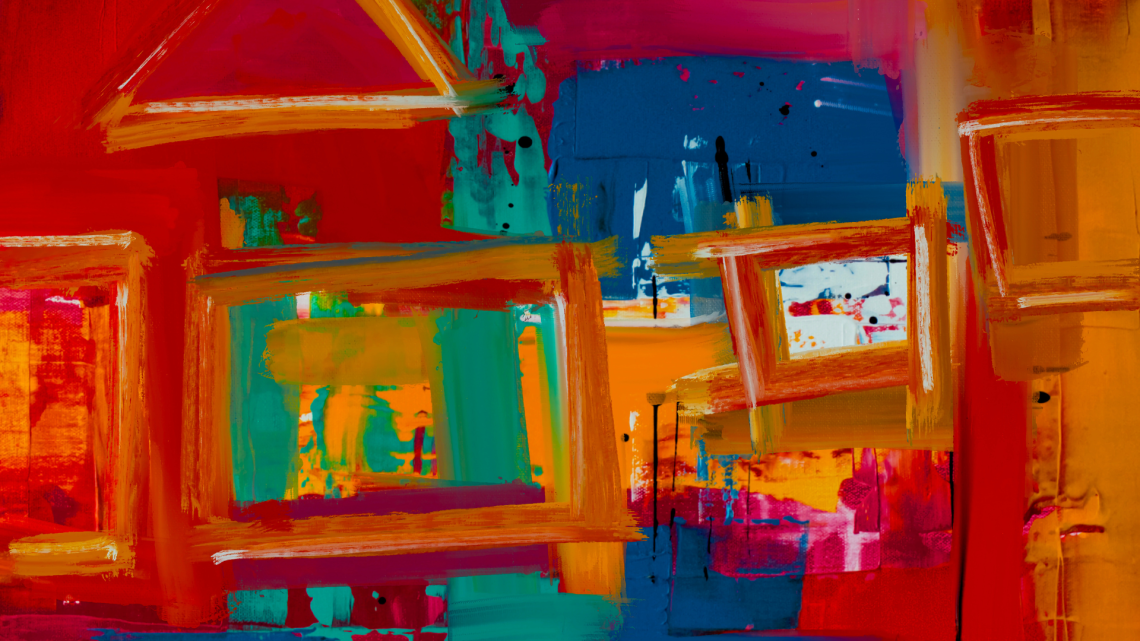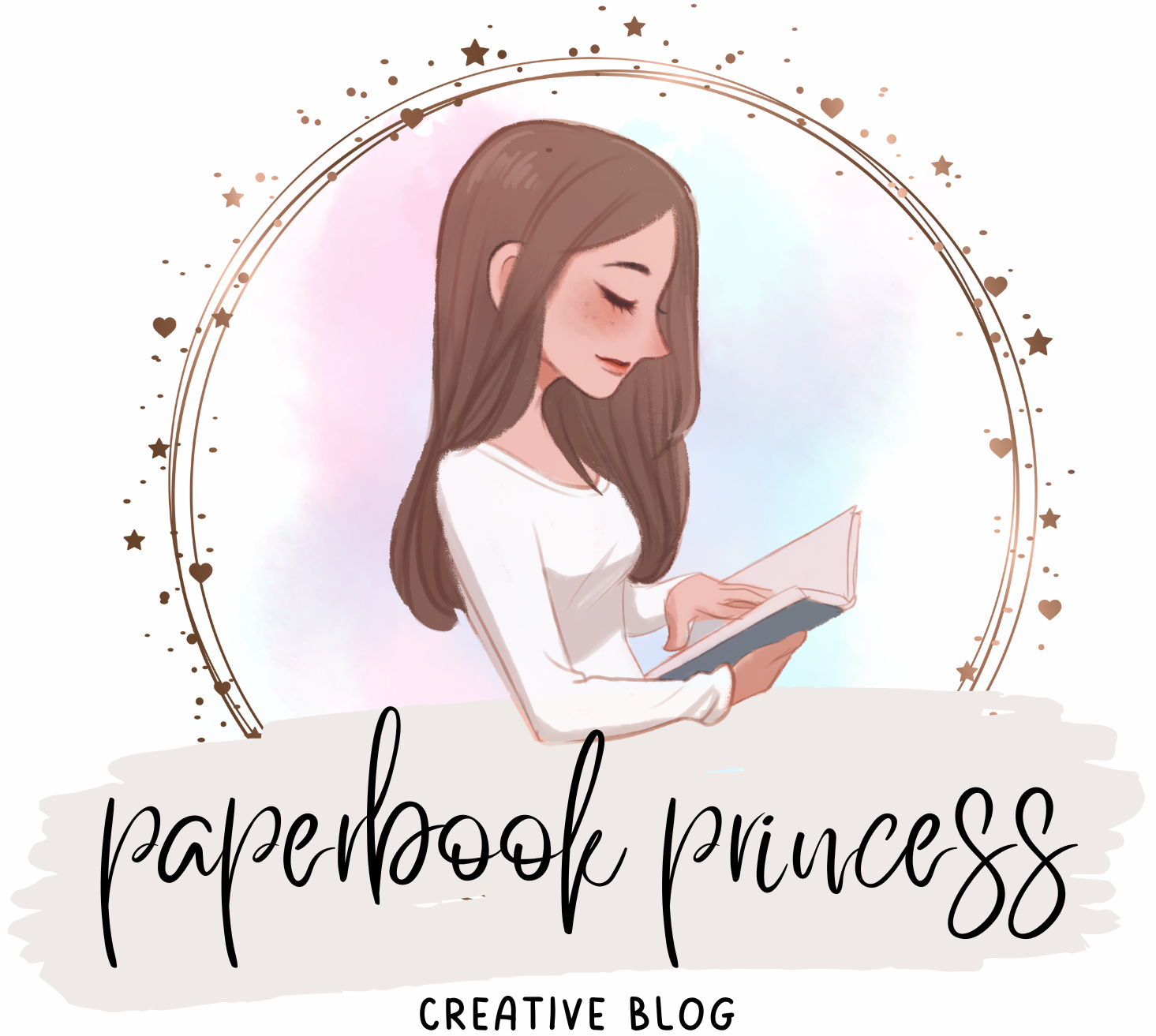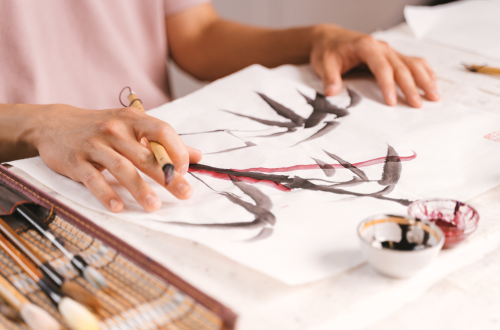
How to Choose the Right Medium for Your Artwork: A Guide to Finding Your Ideal Creative Expression
Choosing the right medium for artwork can significantly impact the final product and the artist’s creative expression. Ultimately, the best medium aligns with the artist’s vision, style, and the message they want to convey. This decision can often feel overwhelming due to the wide variety of options available, from traditional paints to innovative digital tools.
Artists should consider their personal preferences, desired effects, and the practical aspects of each medium. Exploring different materials allows them to discover unique textures, colors, and techniques that can enhance their work. Experimentation is key; trying new mediums can lead to unexpected outcomes and inspiration.
Understanding how various media interact with one another also plays a crucial role in making this choice. Each medium has its strengths and weaknesses, and recognizing these can guide artists in selecting the best fit for their creative projects. By carefully evaluating these factors, they can cultivate a more fulfilling artistic experience.
Understanding Different Art Media
Artists often choose their media based on desired effects and techniques. Each medium offers distinct characteristics that influence everything from application to final appearance.
Characteristics of Oil, Acrylic, and Watercolor
Oil paint is known for its rich colors and blending capabilities. It dries slowly, allowing artists to work and rework their paintings over days or even weeks. The layered glazing technique is a hallmark of oil painting, providing depth and luminosity.
Acrylic paints dry quickly and are versatile. They can mimic the appearance of oils or watercolors depending on how they are diluted. This medium is water-soluble and ideal for quick projects or mixed media techniques.
Watercolors are transparent when applied, producing soft, delicate washes. The medium relies on gum arabic as a binder, making it fluid and easy to manipulate. Artists can achieve varying degrees of opacity and luminosity through layering.
Unique Aspects of Pastels and Graphite
Pastels are dry pigment sticks that produce vibrant colors when applied. They are available in soft, hard, and oil varieties. Soft pastels offer a velvety finish, while hard pastels provide precision. Fixatives can be used to preserve artworks without altering their color.
Graphite is a traditional medium for drawing. Artists appreciate its range of tones from light to dark. Graphite allows for fine detail and smooth shading, making it an essential tool for sketching or finished works.
Specialized Media: Tempera, Fresco, and Others
Tempera is a fast-drying medium traditionally made from eggs. It offers a matte finish and is often used on rigid surfaces. Since tempera dries quickly, artists must work efficiently to achieve desired effects.
Fresco involves applying pigment mixed with water onto freshly laid wet plaster. The colors bond with the plaster as it dries. This technique produces vivid murals but requires careful planning and execution, as corrections are challenging once the plaster sets.
These media showcase the diversity available to artists, each bringing unique qualities and challenges. Understanding their characteristics assists in making educated choices for creating art.
Selecting Media Based on Artistic Goals
Selecting the right medium for artwork requires careful consideration of the artist’s goals. Key factors include texture, color, drying time, and the desired finish. Each aspect plays a crucial role in achieving the intended expression in the final piece.
Considering Texture and Depth
Texture and depth can dramatically influence the perception of artwork. Some media, like oil paints, allow for rich layering that enhances depth. Artists can use linseed oil to increase gloss and create smooth edges, while acrylics can achieve different textures based on how they are applied.
Using a palette knife with thick paint can produce impasto effects. Conversely, watercolors provide a more delicate appearance, ideal for subtle textures. Consider the following options for texture:
- Oil Paints: Richly textured, great for depth
- Acrylics: Versatile; can be thick or thin
- Watercolors: Soft textures with transparency
Color and Pigmentation
Color and pigmentation are critical for achieving the desired tone in artwork. Media vary in their ability to hold color vibrancy. Oil paints typically have high pigmentation, offering deep hues and excellent blending capabilities.
Acrylic paints dry quickly, allowing for rapid application of colors, but may require more skill to blend effectively on the canvas. Watercolors are less saturated but provide translucency, allowing for layering to build color depth gradually.
When selecting a medium, consider:
- Oil Paints: Deep, rich colors with strong blending potential
- Acrylics: Quick-drying, vibrant colors
- Watercolors: Subtle tones with transparency
Drying Time and Workability
Drying time significantly impacts how an artist works on a piece. Oil paints can take days to weeks to fully dry, allowing for extensive adjustments and blending. This characteristic is advantageous for those who prefer to work slowly and layer their application.
Acrylics, on the other hand, dry within minutes. This can be beneficial for quick sessions, but it also requires immediate decisions on blending and layering. Watercolors dry even faster, often necessitating pre-mixing colors to maintain desired values.
When considering drying time, note:
- Oil Paints: Slow, allowing detailed adjustments
- Acrylics: Fast, suitable for quick changes
- Watercolors: Quick-drying, ideal for fluidity in execution
Practical Considerations for Medium Choice
Selecting the right medium for artwork involves practical factors that can affect both the creation process and the final output. Key aspects include budget constraints, durability, and how easily materials can be sourced.
Budget and Cost Implications
The cost of materials can vary greatly among different media. For instance, oil pastels and acrylic paints generally offer a broad range of prices. Beginners may prefer charcoal or graphite pencils, as they tend to be more affordable.
When planning a budget, artists should consider not just the initial purchase price but also the costs associated with tools and supplies. For example, acrylic pour techniques require additional materials like pouring mediums and canvas, which can increase overall expenses.
It’s wise to invest in quality materials within budget limitations, as high-quality mediums often yield better results and greater satisfaction over time.
Comparing Durability and Preservation
Durability can significantly impact the longevity of artwork. Oil pastels, for instance, are known for their vibrant colors but may be more susceptible to smudging unless carefully preserved. In contrast, charcoal is fragile and can fade over time if not protected properly.
Different media also require varying levels of maintenance. Acrylic paintings are generally resistant to fading and water damage, making them ideal for long-term display. On the other hand, soft pastels demand protective glass or frames to preserve their vibrancy and avoid damage.
Choosing a medium also means understanding the appropriate storage and display conditions to ensure the longevity of the artwork.
Availability and Accessibility
Access to materials plays a crucial role in the medium selection process. Graphite pencils and charcoal are widely available and can be purchased in art supply stores or online. Acrylic paints also enjoy broad distribution and can be found in various sizes.
More specialized materials, like high-quality oil pastels, may require searching in specific art supply shops. Artists should consider local availability, as some mediums may not be as easily sourced depending on location.
When time and accessibility are concerns, selecting readily available materials can streamline the creative process, allowing artists to focus on their work without delay.
Application Techniques for Various Media
Different media require specific techniques for effective application. Each technique can enhance the artwork’s visual impact and emotional resonance.
Creating Dynamic Portraits and Landscapes
When producing portraits, artists often utilize layering techniques. For oil paintings, they may start with an underpainting to outline features and establish tonal values. Thin layers of paint are then added to build depth and texture. In landscapes, wet-on-wet techniques can create fluidity. Artists apply oils or acrylics on a wet canvas to blend colors seamlessly. For instance, while capturing skies, a smooth gradient can emerge by softly blending different hues.
Sketching serves as a foundation, allowing artists to rapidly capture compositions. Charcoal or pencil sketches can be transformed into vibrant portraits through careful detailing and shading, enhancing facial expressions and features.
Techniques for Abstract and Modern Art
Abstract art often benefits from mixed media. Incorporating materials like fabric and paper can create varied textures. Artists may use layering, drips, and splatters to convey emotion or movement effectively.
Color theory plays a vital role, where complementary and contrasting colors produce dynamic compositions. Techniques such as sgraffito allow artists to scratch through layers of paint to reveal contrasting colors underneath, adding depth to the artwork.
Brushwork varies widely; using palette knives can result in thick, textured strokes that provide relief and dimension. This approach emphasizes the tactile quality of the medium, drawing the viewer into the piece.
Exploring Historical Techniques in Contemporary Art
Contemporary artists frequently explore historical techniques to inform their practices. For example, tempera painting, using egg yolk as a binder with pigments, creates a distinctive matte finish. This method, although historical, allows for vibrant colors and fine detail.
Fresco techniques, employing wet lime plaster, are also utilized. Artists apply pigments directly onto freshly laid plaster, a method that has roots in ancient mural painting. This technique demands precision, as errors cannot be easily corrected once the plaster dries.
Incorporating these historical methods into modern themes can create a dialogue between the past and present. Artists can reinterpret these classic techniques to address contemporary issues, enriching their work’s narrative and aesthetic qualities.





